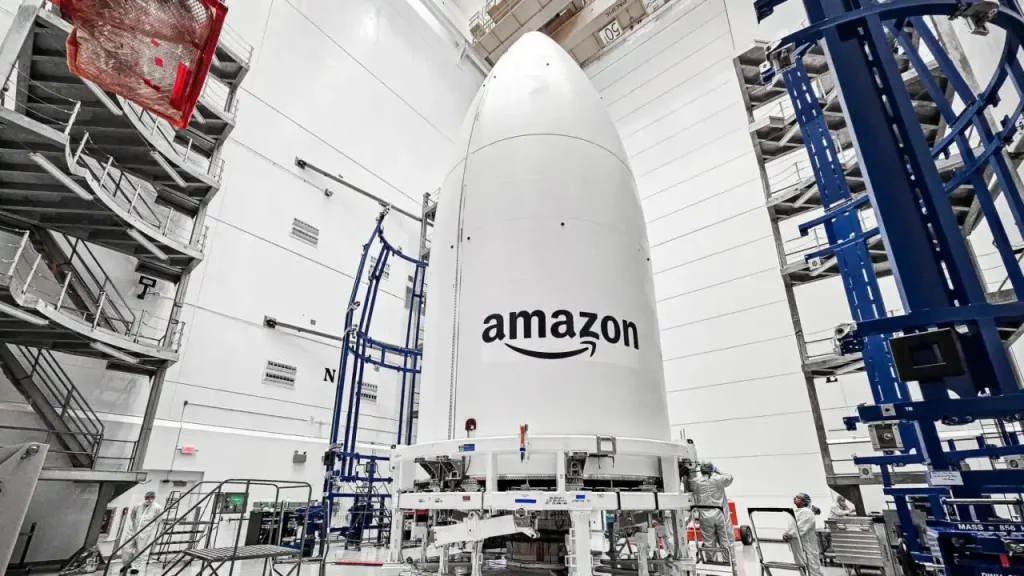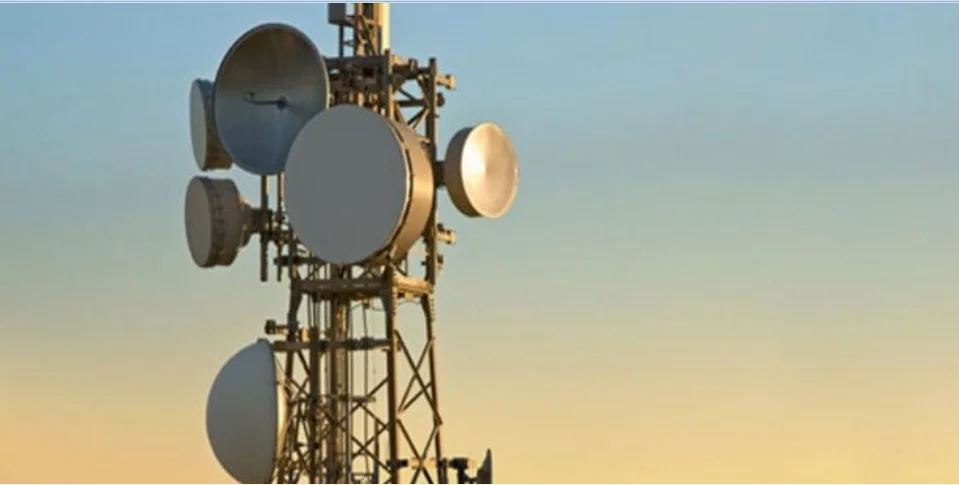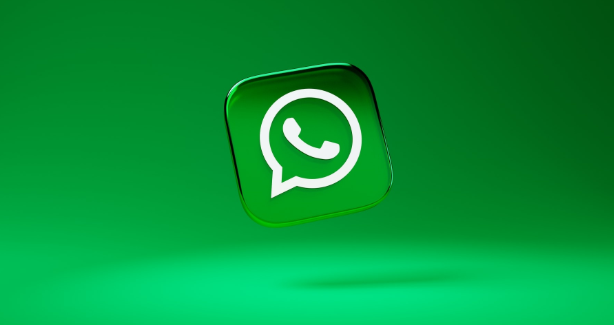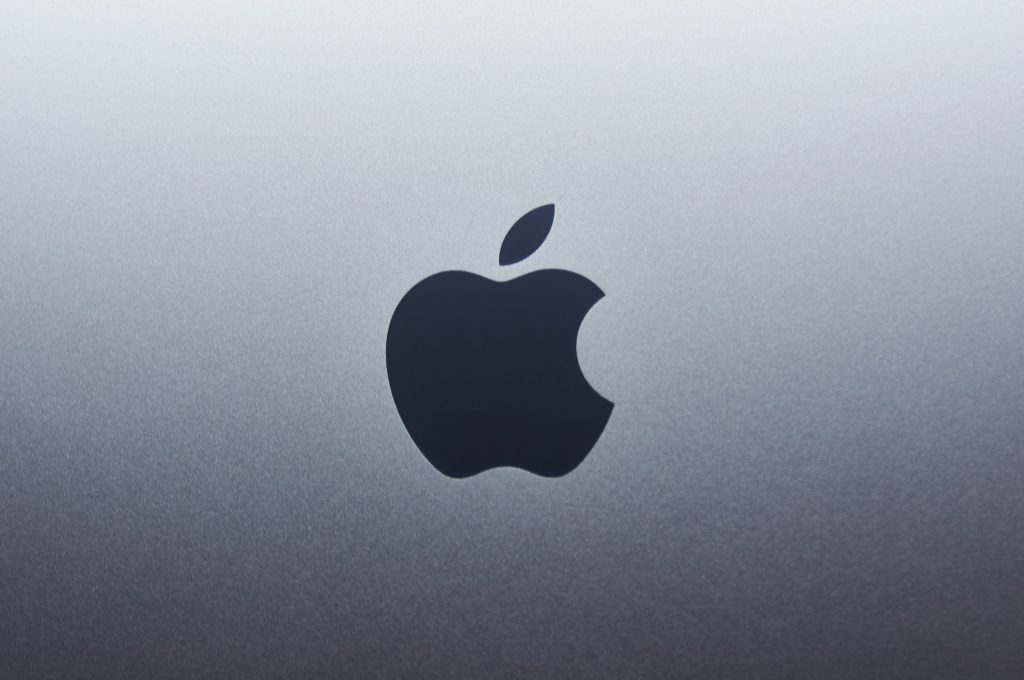Amazon has officially entered the satellite internet race with the successful launch of its first 27 satellites under Project Kuiper, a long-anticipated initiative that aims to challenge SpaceX’s Starlink network. This milestone marks the beginning of Amazon’s plan to deploy 3,236 satellites into low-Earth orbit in an effort to provide global broadband internet coverage.
On Monday evening at 7 p.m. EDT, the satellites blasted off from Cape Canaveral Space Force Station in Florida. The launch used an Atlas V rocket operated by United Launch Alliance (ULA)—a joint venture between Boeing and Lockheed Martin. While bad weather postponed the original attempt scheduled for April 9, conditions finally cleared to allow the mission to proceed.
Amazon’s Bold Push into Space Internet
Project Kuiper, first unveiled in 2019, represents one of Amazon’s most significant ventures to date. Valued at $10 billion, the initiative seeks to deliver high-speed internet access to consumers, businesses, and government entities around the globe. Notably, the company intends to bridge the digital divide in remote and underserved communities where traditional internet infrastructure remains limited or nonexistent.
With this launch, Amazon has taken a critical first step toward competing directly with SpaceX’s Starlink, which already has thousands of satellites in orbit and a well-established customer base. Moreover, Kuiper will also challenge traditional telecom giants such as AT&T and T-Mobile, positioning itself as a disruptive force in the global connectivity market.
Facing Regulatory Deadlines and Delays
Although Amazon originally hoped to launch the initial batch of satellites in early 2024, the deployment faced multiple delays. The setback has increased pressure on the company to meet a key deadline imposed by the U.S. Federal Communications Commission (FCC). According to FCC guidelines, Amazon must launch at least half of its satellite constellation—1,618 satellites—by mid-2026.
Due to its slow start, industry analysts believe Amazon will likely request an extension from the FCC to meet its obligations. Nevertheless, Amazon appears confident in its ability to accelerate deployment in the coming months.
What Comes Next: Contact, Coverage, and Commercial Rollout
Following the launch, Amazon’s mission operations team in Redmond, Washington, will attempt to establish contact with all 27 satellites. The company expects to confirm initial communications within hours or days. If the process unfolds smoothly, Amazon plans to begin delivering Kuiper’s internet service to customers later this year.
Looking ahead, United Launch Alliance could conduct as many as five more Kuiper missions before the end of 2025, according to ULA CEO Tory Bruno. Amazon previously stated in a 2020 FCC filing that it can begin offering limited internet service once it has at least 578 satellites in orbit. Initial coverage will likely reach regions near the northern and southern latitudes, with service expanding toward the equator as the satellite count increases.
Amazon Sees Competitive Edge in Cloud and Consumer Reach
Despite its late entry into the space-based internet market, Amazon believes it holds key advantages over its rivals. Executives point to the company’s extensive experience in consumer technology and its powerful cloud computing infrastructure as unique assets that Project Kuiper can leverage. Amazon Web Services (AWS), the company’s cloud division, is expected to integrate with Kuiper to deliver faster, more reliable internet solutions for data-heavy users.
In contrast to SpaceX, which built its satellite business from scratch, Amazon enters the fray with decades of consumer-focused innovation and a global distribution network already in place. These assets, the company argues, will help it scale more efficiently and provide competitive pricing to attract users.
A New Era of Global Connectivity
As the satellite internet race intensifies, Amazon’s successful launch signifies a new chapter in global broadband access. While Starlink currently dominates the market, Project Kuiper’s arrival offers a promising alternative for consumers and governments seeking affordable, high-speed internet—especially in hard-to-reach areas.
With thousands of satellites still to deploy and tight regulatory deadlines to meet, Amazon faces a challenging road ahead. However, the company’s deep financial resources, technical expertise, and strategic partnerships suggest that it is well-prepared to become a serious contender in the emerging space-based internet economy.












